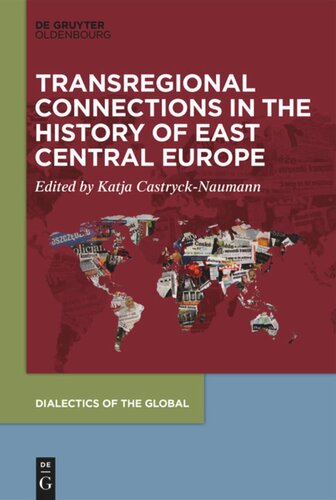

Most ebook files are in PDF format, so you can easily read them using various software such as Foxit Reader or directly on the Google Chrome browser.
Some ebook files are released by publishers in other formats such as .awz, .mobi, .epub, .fb2, etc. You may need to install specific software to read these formats on mobile/PC, such as Calibre.
Please read the tutorial at this link: https://ebookbell.com/faq
We offer FREE conversion to the popular formats you request; however, this may take some time. Therefore, right after payment, please email us, and we will try to provide the service as quickly as possible.
For some exceptional file formats or broken links (if any), please refrain from opening any disputes. Instead, email us first, and we will try to assist within a maximum of 6 hours.
EbookBell Team

0.0
0 reviewsTransregional connections play a fundamental role in the history of East-Central Europe. This volume explores this connectivity by showing how people from eastern and central parts of Europe have positioned themselves within global processes while, in turn, also shaping them. The contributions examine different fields of action such as economy, arts, international regulations and law, development aid, and migration, focusing on the period between the middle of the nineteenth century and the end of the Cold War. The authors uncover spaces of interaction and emphasize that internal and external entanglements have established East-Central Europe as a distinct region. Understanding the connectedness of this subregion is stimulating for the historiography of East-Central Europe as it is for the field of global history.